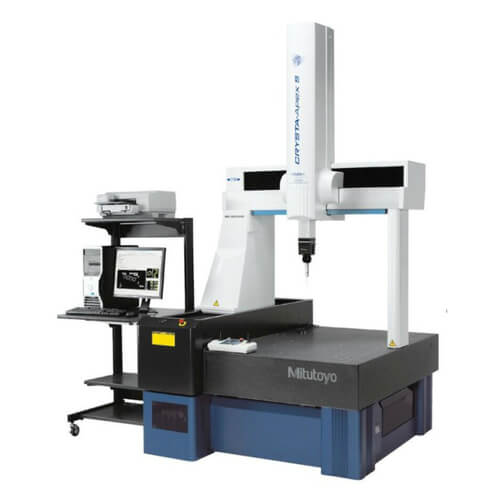5 advantages of 3D coordinates in parts processing
3D coordinates are the key to precision in manufacturing. Every component and every part needs to be manufactured with the highest precision to ensure that the final product functions as expected. By using three-dimensional coordinates in parts machining, manufacturers can achieve a level of precision that was previously unimaginable.
1.Accurately measure and position objects in three dimensions
Traditional machining methods often rely on two-dimensional measurements, which can lead to inaccuracies and errors. However, by using 3D coordinates, manufacturers can accurately locate and position objects in all three dimensions, resulting in a more accurate and precise end product.
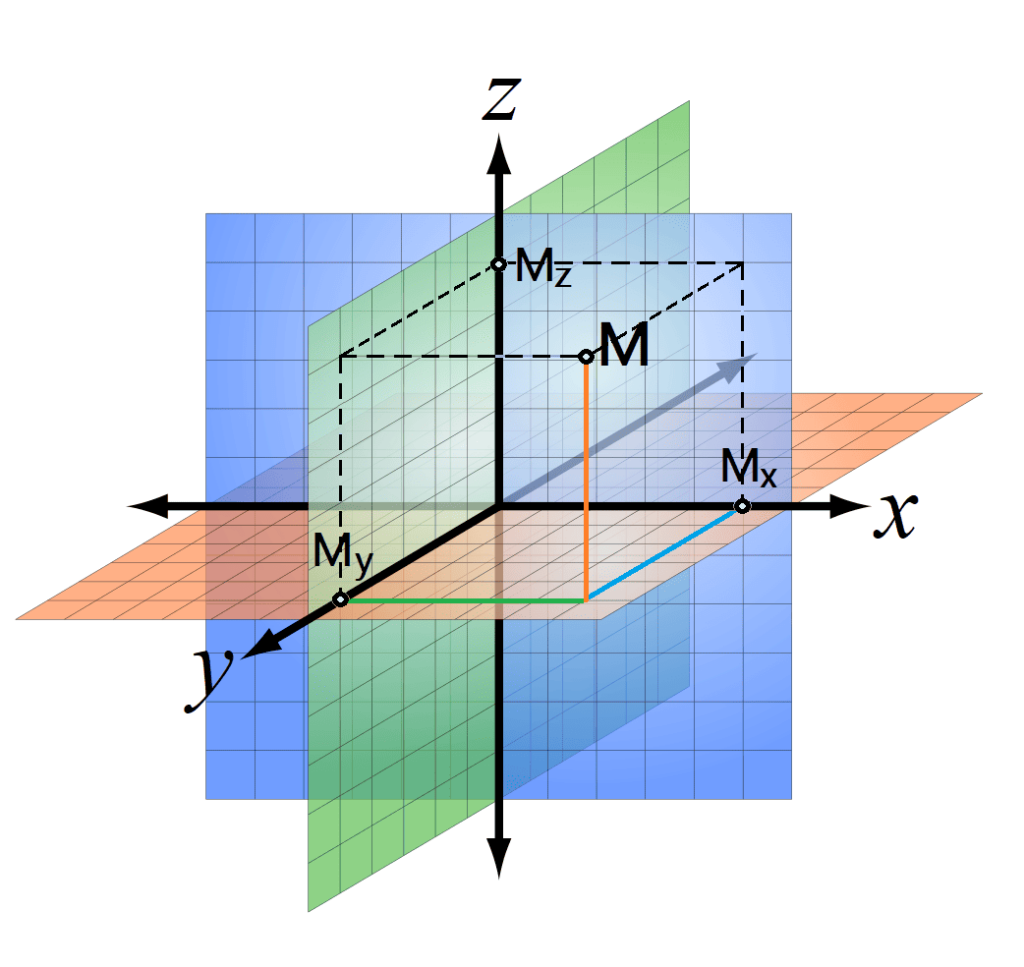
2.Create complex shapes and geometries
With traditional machining, creating complex shapes and geometries can be a challenging and time-consuming process. However, by using 3D coordinates, manufacturers can easily program machines to easily create complex shapes and geometries.
This opens up a whole new world of possibilities for designers and engineers, allowing them to create parts and assemblies that were previously thought to be impossible.
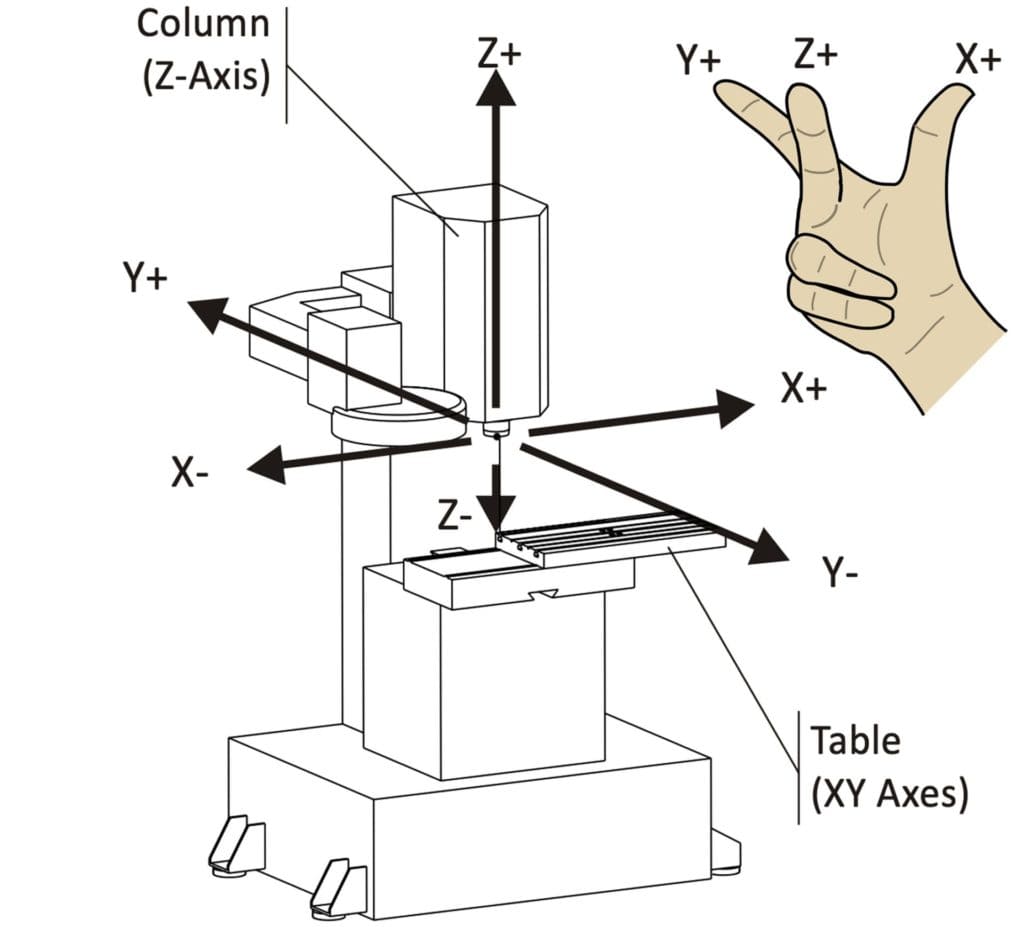
3.Increase efficiency and productivity
Since traditional machining methods often require multiple setups and adjustments to achieve the desired results, it is a time-consuming process that slows down production and increases costs. However, by using 3D coordinates, manufacturers can streamline the machining process while reducing the number of setups and adjustments required.
This not only saves time, but also increases productivity, allowing manufacturers to produce more parts in less time.
4.Improve the overall quality of the end product
Traditional machining methods often result in subtle variations and inconsistencies in the end product. However, by using 3D coordinates, manufacturers can eliminate these variations and inconsistencies, resulting in a higher quality end product.
This is especially important in industries where precision and accuracy are critical, such as aerospace and medical manufacturing.
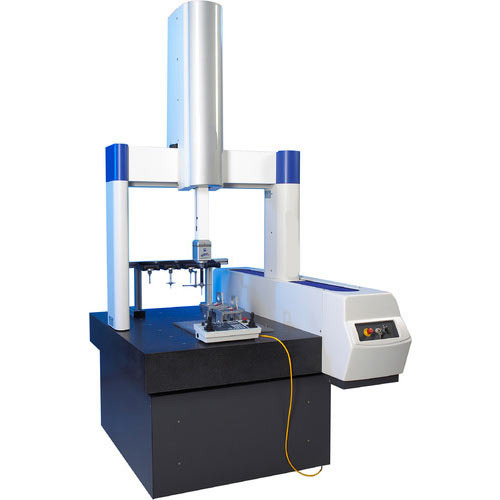
5.Facilitates communication and collaboration
Traditional machining methods often rely on 2D drawings and blueprints, which can be difficult to interpret and understand. However, by using 3D coordinates, designers and engineers can create digital models that accurately represent the end product.
These digital models can then be shared with manufacturers, who can use them to program the machine and produce the desired part. This improves communication and collaboration, reducing the chances of errors and misunderstandings.
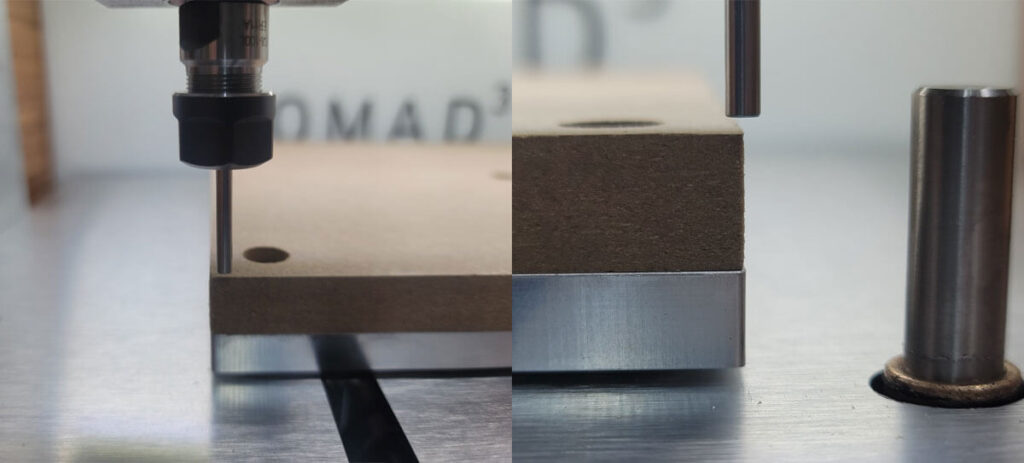
the application of 3D coordinates in part machining offers manufacturers many benefits. From increased precision and accuracy to the ability to create complex shapes and geometries, the use of 3D coordinates has revolutionized the machining process. It improves efficiency, productivity, and the overall quality of the end product.
In addition, it enhances communication and collaboration between designers, engineers, and manufacturers. As technology continues to advance, the use of 3D coordinates in part machining will only become more prevalent, further revolutionizing the manufacturing industry.
